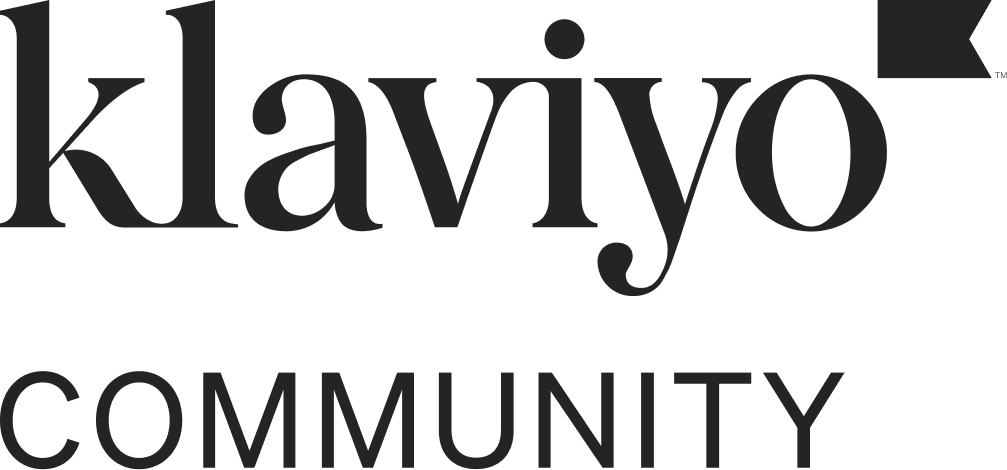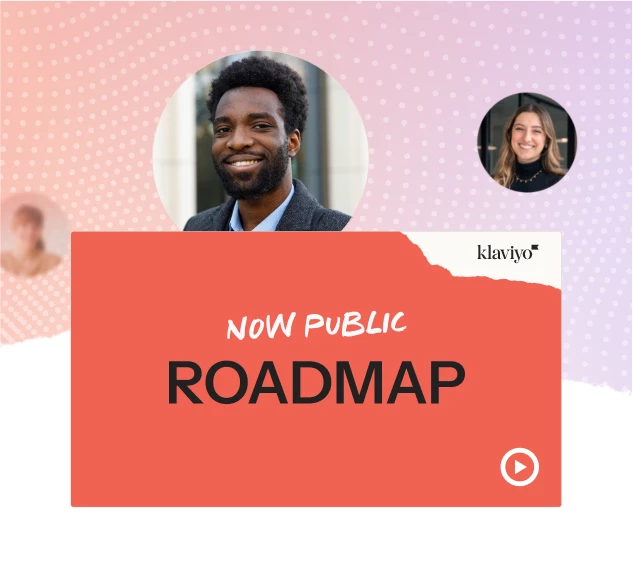How can I set up Klaviyo events for Email Subscriptions as conversions on Google Ads and launch a conversion campaign? I don't have much coding expertise, so I've searched the entire internet for solutions. Please advise if I should use Zapier as an intermediary to integrate Klaviyo, Shopify, and Google Ads. Is there a simpler method? I've already integrated Klaviyo with Shopify and synchronized my lists and segments with Google Ads. If I install Zapier on my Shopify website, do I need to import the lists and segments to Google Ads through Zapier again? What's the best approach for managing different integrations between various platforms?
Setting up a custom Google event code directly on my website is challenging for me.







